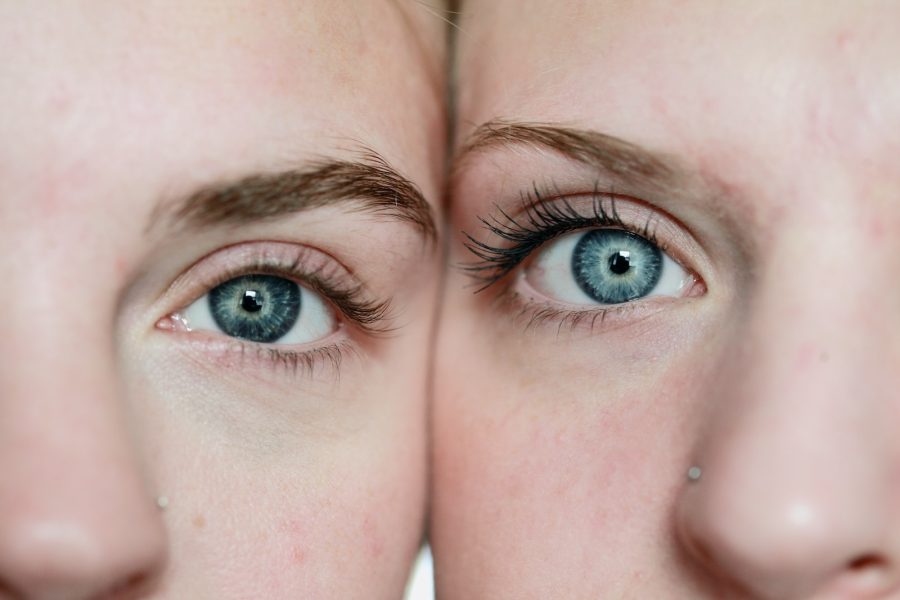Some of the physical manifestations of stress can include hair loss, skin changes, headaches, issues with menstrual cycles and trouble with our eye health and vision.
Nimmi Mistry, professional services optician at Vision Direct shares the ways in which stress could be damaging your employees’ eye health and vision and some things you could do as an employer to help.
Stress and the impact on vision
Although our bodies can deal with isolated periods of stress when faced with sudden changes or stressors such as unexpected life events, a death, break up, losing a job and so on; it’s the continuous high levels of stress, or chronic stress, which can cause disturbances in the autonomic nervous system. This can lead to health issues and visual problems.
Common eye disorders associated with stress include blepharitis, eye twitching (myokymia), eye strain and amaurosis/vision loss.
What can employers do to help?
Periods of stress are often unavoidable, but the problem can result in health issues when these periods are prolonged and accompanied by bad habits. As April is stress awareness month, Nimmi Mistry has put together some things employers can do to help protect their employees’ visual health from the impact of stress.
-
Encourage the 20-20-20 rule
A general recommendation is that those who spend a lot of time on screens follow the 20-20-20 rule. This involves taking screen breaks every 20 minutes to look for 20 seconds at a fixed point 20 feet away. This exercise will relieve the stress on the eyes, and if not, there are other eye exercises you could introduce to your workforce which can be done at their desk.
- Blinking consciously: Spending long periods of time staring at a screen for work can mean we blink less. Blinking helps to rebuild the natural hydration of the eye, so make sure you don’t forget to blink!
- Palming: A relaxation technique often used in yoga. Place the palms of your hands slightly cupped over the eyes, without applying pressure. Let your fingertips overlap, resting on the forehead, and try to not let any light through and breathe deeply for a minute.
- Eye rolling: …And I don’t mean to show that you’re irritated! This technique is known to ease the tension of the eye muscles. Sit up, with your back straight and, without moving your head, look to the right. From there, move your gaze slowly toward the ceiling, then left and down. Repeat 10 sets of these clockwise and counter-clockwise.
-
Offer healthy snacks and drinks
Certain supplements enhance the uptake of nutrients to the eye which reduces discomfort caused by dry eyes and helps in disease management. The most effective vitamins for the eyes include lutein and zeaxanthin, and foods that contain these carotenoids include raspberries (240g of which will give 283 micrograms of these beneficial vitamins), strawberries, and peaches too. Lutein and zeaxanthin can also be found in orange juice as well.
Research also suggests vitamin A, vitamin D, and omega-3 fatty acids aid in lubricating the eye and reducing dry eye symptoms. Some foods which contain omega-3 fatty acids include Chia seeds (5,050 mg per serving) and Walnuts (2,570 mg per serving).
-
Make sure you inform employees of their eye care entitlement
If employers are considered DSE workers, then by law, employers must provide certain benefits related to eye care. An employer must provide an eyesight test for a DSE user if they request one. The employer must also pay for the test, this should be a full eye and eyesight test by an optometrist or doctor, including a vision test and an eye examination.
If the test shows that an employee needs special glasses prescribed for the distance the screen is viewed at the employer will need to pay for the glasses too.
Joanne is the editor for Workplace Wellbeing Professional and has a keen interest in promoting the safety and wellbeing of the global workforce. After earning a bachelor's degree in English literature and media studies, she taught English in China and Vietnam for two years. Before joining Work Well Pro, Joanne worked as a marketing coordinator for luxury property, where her responsibilities included blog writing, photography, and video creation.



